- Learning time
- 5 minutes
- First play time
- 30 minutes
Junk Art
Designed by: Jay Cormier,Sen-Foong Lim
In Junk Art, players are artists, competing to produce municipal commissions in various cities around the world. If that sounds dry and serious, the theme can be ignored completely – the gameplay is simply the joyful, and often stressful, balancing of brightly coloured wooden bits; usually until they all fall over.
The box contains 60 wooden pieces – 15 unique shapes in four different colours – and these begin the game piled in the middle of the table. There’s also a deck of cards, one for each of the pieces. Each player has a small black plinth, on which to create their artwork. There’s a tape measure, for evaluating the tallest structure; a bag of ‘fans’ – these are the points; and a deck of World Tour cards. The World Tour cards are essentially different rules for play, and in a given game, three will be dealt out at random. These represent three stops on your world tour as junk artists, and are the rounds of the game. In one round you might be speeding to be the first to place 10 pieces; in another you might all be ‘cooperatively’ building a single artwork. The winner or winners of each round gain a handful of fans, and at the end of the game, the player with the most fans is the overall victor.
If balancing games are you or your family/gaming friends thing, Junk Art will tick a lot of boxes. It’s prettier than most, and the mash-up of play styles in any given game give it a lot of longevity.
Joe says
I like balancing games every now and then, and this feels like the only one I'd need to own; the moment you pile all the bits out of the box, people instinctively want to grab bits and start stacking. I can see this working well as an after-dinner game with adults just as well as a rainy sunday afternoon with the kids. I don't think I'd want to play it over and over again in one sitting - it's a fairly one-note experience; but that one note is ridiculously silly fun. I also really like art as a theme in games - and the theme here does make a kind of daft sense. I might come up with a variant where each player has to give an "artist's statement" on their creation - the most pretentious wins extra fans!
The guru's verdict
-
Take That!
Take That!
There is something inherently painful about having your creative endeavour collapse in front of you, so for younger more sensitive players that could be problematic. And there's some scope for accidental elbows or table wobble taking their toll. But nothing in the rules to make for confrontational play.
-
Fidget Factor!
Fidget Factor!
A steady hand is needed, but there's no waiting around for others to finish - quite the opposite in some of the rounds!
-
Brain Burn!
Brain Burn!
No maths or calculation at all.
-
Again Again!
Again Again!
The mixing up of rules from game to game will keep this fresh if you enjoy balancing games.

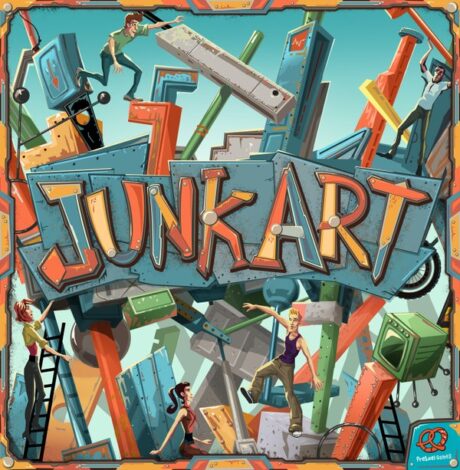



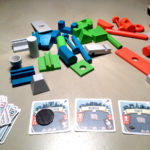
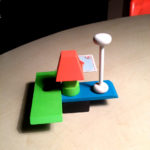
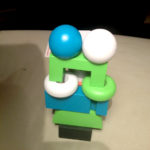


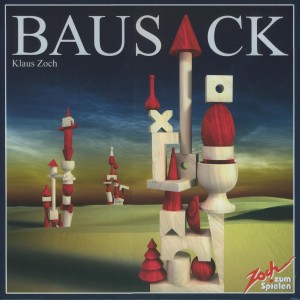

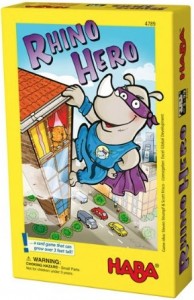
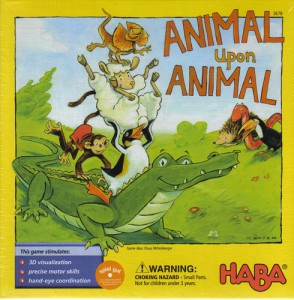
Sam says
I agree with Joe - it's a cracker. Maybe not one to play over and over, but for the right moment - the moment being when you simply must play a anarchic stacking game - it's either this or Bausack.